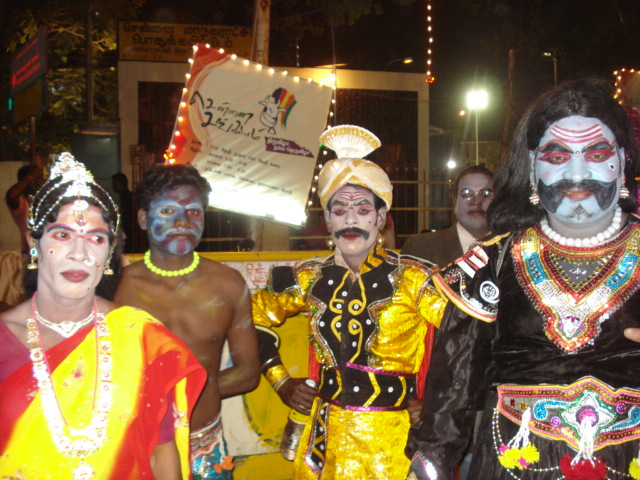Haha, thanks for the advice. Surprisingly, I haven't seen a
single snake in India yet. I'm told that's an anomoly. Thanks
for loosening my strings and for thanking Sis Dickson.
I love you!
-----Original Message-----
Date: Tue, 24 Feb 2009 19:08:30 -0500
Subject: Snakes in India
P.S.
Don't play with snakes in India.... I read this the other night.
"There are over 270 species of snakes in India out of which about
60 are venomous. In size, color and habits they can be very
different from each other."
Wednesday, February 25, 2009
SNAKE ADVICE
Subscribe to:
Post Comments (Atom)






No comments:
Post a Comment